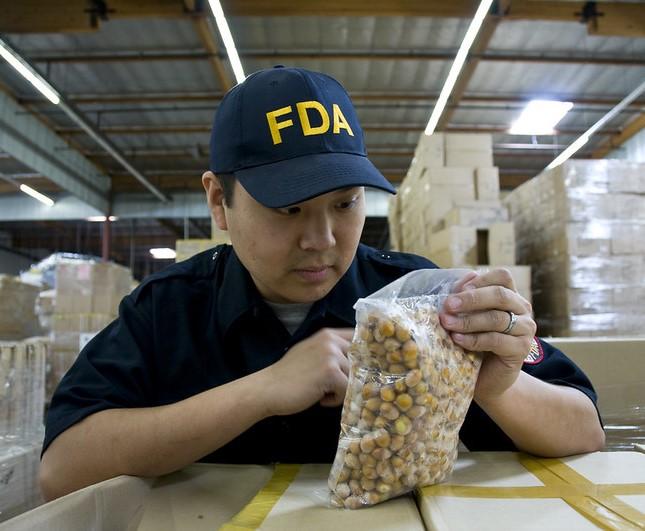Wastewater monitoring of norovirus can be a useful monitoring system and can provide an earlier signal than other surveillance methods, researchers from the University of Michigan reported yesterday in PLOS Water.
.jpg)
Monitoring wastewater as an early virus activity indicator has become more common following the emergence of SARS-CoV-2, and the researchers wanted to see if it could bolster surveillance of norovirus, which causes a substantial medical burden. They said current surveillance relies on syndromic surveillance, such as school and emergency department data on gastrointestinal illnesses, which sometimes isn't specific to norovirus and isn't easily available to the public.
For the study, they sampled wastewater samples from five communities in southeastern Michigan, mostly between July 2021 and July 2022. Communities included Ann Arbor, Flint, Jackson, Tecumseh, and Ypsilanti. They compared the detections with syndromic surveillance findings as well as digital epidemiologic sources such as search term data.
Wastewater RNA detections were highest in the winter and spring and were comparable across all five sampling sites. Norovirus wastewater signals typically led syndromic, outbreak, and search-term trend data.
Researchers said when used alongside other monitoring methods, wastewater sampling for norovirus can provide an early and accessible warning system that has the advantage of detecting virus from people who have mild or asymptomatic infections. Unlike other monitoring methods, wastewater tracking doesn't depend on healthcare seeking, clinical testing, or inference based on other patterns, they said.
CDC reports first 2024 cruise ship norovirus outbreak
In other norovirus developments, the Centers for Disease Control and Prevention (CDC) recently reported the first cruise ship norovirus outbreak of 2024. The outbreak involved the Celebrity Cruises Celebrity Constellation that sailed from January 2 to 12. Of 2,056 passengers, 92 got sick. The virus also sickened 8 of 948 crew members.













